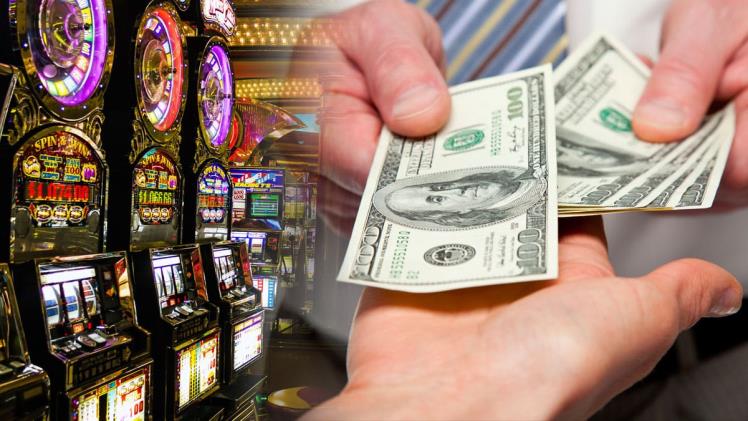Slot are by far the most played casino games, and this is true online as well. The majority of slot machine players do so in hopes of winning a huge jackpot or for the entertainment value they provide. Few people are aware of how understanding the payback percentages for slots might increase their chances of winning. Understanding them is absolutely worthwhile for every slot player.
If we tried to classify every variety of slot machine, we’d be wasting your time. To draw customers, every casino provides a variety of slots. There are countless varieties and variations of slots, including bonus games, progressives, 3 or 5 reels, single line, three lines, and single, three, or three, to name a few.
Examining the Typical Traits of Slot Makes More Sense
A slot machine usually has 3 or 5 reels. There were only three reels on early pragmatic slots. They are the we think of as “traditional” or “classic.”
Slot with five reels are popular today, and most of them have several paylines (see below).
Count of Rows
Slot have one, two, or more horizontal rows that indicate where the vertical reels are located.
Players are enticed by additional rows, often one above and one below the payment display, which show them how narrowly they may have missed a win.
The percentage that a slot machine will pay out in relation to the take, or the total amount wagered on the machine, is determined by the payout percentages. The house edge, or anticipated casino net win, from a particular slot machine game, is closely correlated with the payback % of that game. A slot machine with a 94% payback percentage, for instance, has a 6% house edge. All online casino games, including table games like blackjack, have a known and stated house edge.
When compared to the house edge of a table game, the payback % of a slot machine, however, applies to the player’s predicted win in a somewhat different way. Consider the following scenario: You start out playing a $5 slot machine game with a $50 bankroll, and after one round of play, you have 60 credits remaining on the machine. During this session, your payback percentage was 60%/50, or 120%. Let’s imagine you keep playing with your $60 and, after 60 spins, you have $38 in your bankroll. The slot machine game has received ($50 + $60) and paid out ($60 + $39) since you first started playing, for a payback rate of 99/110 or 90%. The payback is computed as (60 + 39 + 35) / (50 + 60 + 39) = 134/149 = 90% if you continue to play with your remaining balance of $39 and end up with a balance of $35.
If you play pragmatic slots, you’ll agree that this example is fairly realistic—and even more so given that slots are typically far more unpredictable. Unfortunately, if you keep playing slots, you can actually experience a payback percentage that is considerably lower than in the example, and your bankroll will gradually decrease. Naturally, this changes once you win the jackpot because the payback percentage will increase and can even surpass 100%. The best advice for slot machine players is to quit playing when this occurs, but this is obviously very difficult to do. Based on the projected payback % of the game, the more you play, the more likely it is that you will think you are winning and keep spinning. Those who have discipline are the ones who can profit from playing slots.
Final Word
The flipside is that the volatility will have the opposite impact for most players who lack self-control, which is why slot are so popular because there will always be people who strike a big jackpot. When you play frequently, you’ll probably experience tiny winnings almost as frequently as big losses. You will occasionally play through your bankroll and lose everything. The majority of customers just keep moving, which is why the casino adores the slot. The majority of us who enjoy playing slots do so primarily for the fantastic fun they provide. Why not play cautiously, safeguard your bankroll over time, and so raise your chances of winning a small jackpot?

